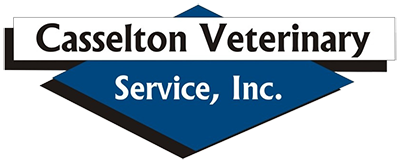Illustrated Articles
Sorry, no articles found.
error retrieving cliented api token
could not retrieve account details
Home » Pet Health » Pet Health Library » Illustrated Articles
Sorry, no articles found.
910 Governor’s Dr.
Casselton, ND 58012
Phone: 701-347-5496
Fax: 701-347-5453
Email: clientservices@cassvetservice.com
Hours
Mon-Fri: 7:00am – 5:00pm
Sat: Closed
Sun: Closed
5012 47th St. S.
Fargo, ND 58104
Phone: 701-895-2135
Fax: 701-809-9430
Email: clientservicesfargo@cassvetservice.com
Hours
Mon: 7:00am – 10:00pm
Tues: 7:00am – 10:00pm
Wed: 7:00am – 10:00pm
Thurs: 7:00am – 10:00pm
Fri: 7:00am – 10:00pm
Sat: 9:00am – 10:00pm
Sun: Closed
5012 47th St. S.
Fargo, ND 58104
Phone: 701-895-2135
Fax: 701-809-9430
Email: boardingandgrooming@cassvetservice.com
Hours
Monday – Friday: 7:30am – 6:30pm
Saturday: 8:00am-12pm & 4:00pm – 6:00pm
Sunday: 8:00am-12:00pm & 4:00pm – 6:00pm
These hours reflect drop off and pick up times. Outside of these times we
are busy caring for your furry friends and will return messages as soon as
we can.
© 2025 Casselton Veterinary Service.
Provided by Covetrus | Powered by LifeLearn WebDVM
